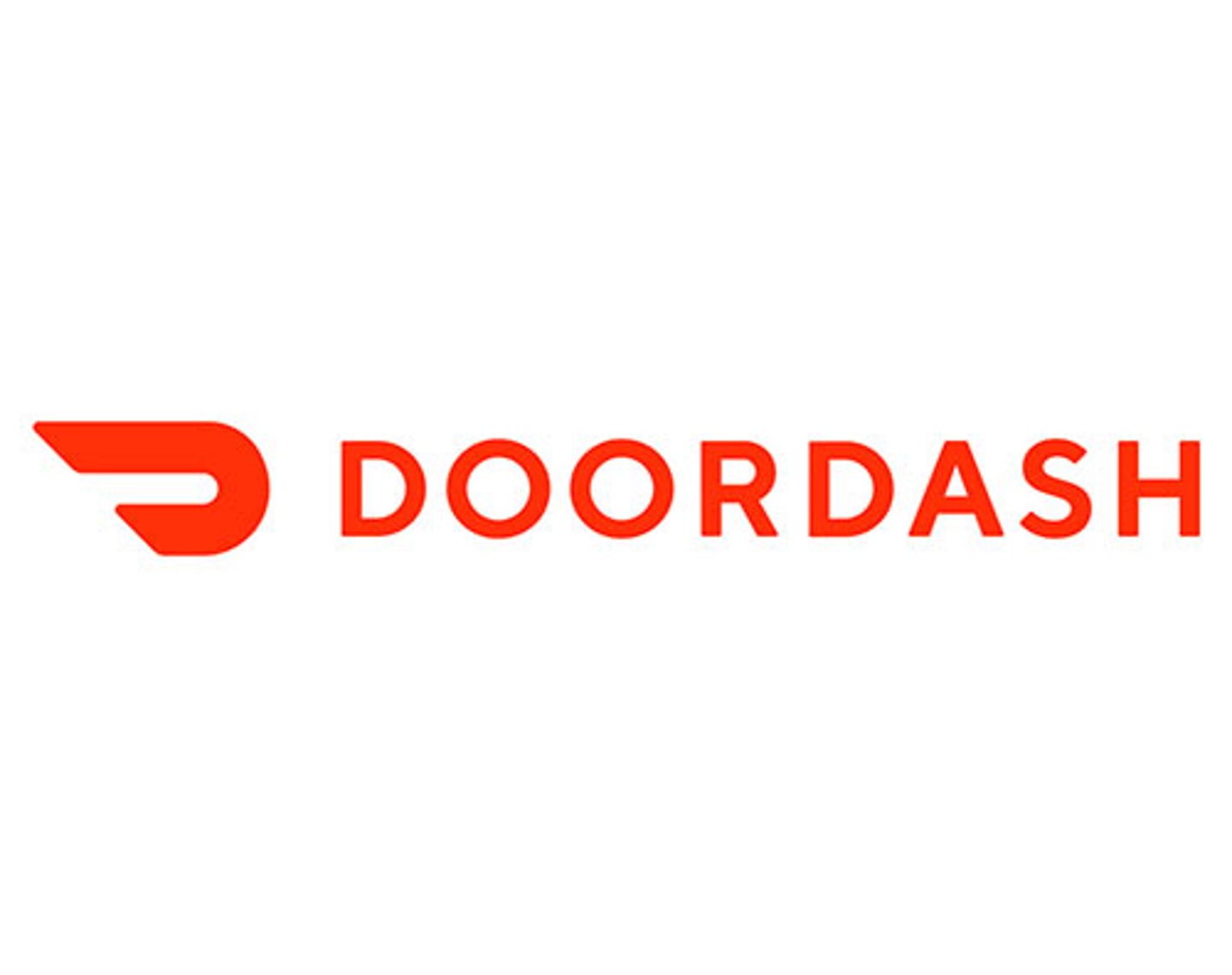DoorDash is starting to look like a tech platform
Is DoorDash on the same path to extending beyond on-demand delivery that some of its chief rivals have followed?
In June 2022, DoorDash acquired Finland-based online delivery platform Wolt Enterprises Oy. This purchase brought DoorDash operations to a total of 27 countries, including the U.S., and made the company one of the largest online food delivery companies in the world outside of China.
Since then, DoorDash has made a few moves which suggest it wants to expand beyond offering delivery of food (as well as purchases from non-food retailers such as Sephora and Tractor Supply Company) and evolve into a more broadly-based tech platform, like Amazon or Google. Fellow on-demand delivery providers Instacart, and to a lesser extent Uber, have already been transforming themselves into tech platforms.
To be fair, even before its Wolt purchase, DoorDash had been expanding its suite of platform services. In March 2022, the company entered into a definitive agreement to acquire Bbot, a start-up offering hospitality solutions such as in-store digital ordering and payments.
And DoorDash’s first significant expansion from directly providing on-demand delivery for other retailers came in August 2020, when it opened a new e-commerce channel called “DashMart.” DashMart offers both household essentials and local restaurant products for on-demand delivery.
DoorDash partners with national and local convenience, grocery and food service retailers to stock DashMart’s assortment, but the stores are owned, operated, and curated by DoorDash.
Now let’s look at a couple of significant solutions DoorDash has launched in the months following its Wolt acquisition:
Self-serve ads
In October 2022, DoorDash introduced new self-serve ad solutions designed to give its CPG partners more flexibility and options. The company’s new self-serve ad products include a CPG ads manager, third-party partnerships with Pacvue and Flywheel, and API integrations.
The self-serve platform for the existing DoorDash Ads Manager solution enables advertisers to directly activate, manage and measure Sponsored Product ads on DoorDash. Sponsored Products are item-level placements that connect DoorDash consumers with brands being sold on the platform.
With this rollout, DoorDash is going beyond simply helping CPG companies serve targeted ads and attempting to establish itself as a full-fledged digital ad provider, along the lines of Google or Facebook.
(Your) employee benefits
The most dramatic step DoorDash has taken toward becoming a tech platform is its recent launch of Merchant Benefits, a new initiative designed to make discounted benefit products and services available to its retail partners. In the first iteration of the program, DoorDash is collaborating with six third-party partners with benefit offerings in areas such as healthcare, mental health benefits, and continued career development.
So far, none of DoorDash’s prime on-demand delivery rivals have stretched beyond their roots to the point they are setting up shop as managed employee benefit providers. Instead, introducing Merchant Benefits brings the company directly into a space which Amazon has been occupying with its Amazon Care corporate telehealth service, which it began offering to other companies in March 2021.
However, media reports have indicated Amazon will shutter the hosted corporate benefits portion of its Amazon Care platform, possibly leaving a space – or a warning – for DoorDash.







